My Top Photography Tips
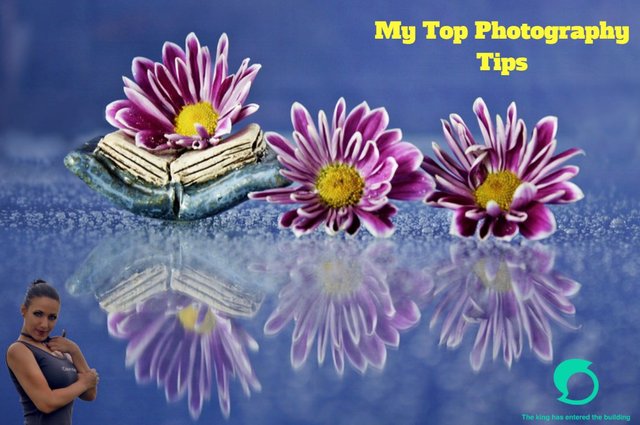
There are some photography tips that can really enhance your photography and dslr use, over a period of time.
For example, a really simple but tried and tested one, would be the simple use of a tree or other stationary object in lieu of a tripod, where a slower shutter speed is needed. Below 1/60 of a second it's very difficult to create a shot without 'camera shake', as the image will show up the tiny movements of the human body, such as breathing and your hearts beat.
This then, will make an otherwise sharp picture blur, to a greater or lesser extent.
However, leaning your body up against the side of a tree, or resting your elbows on the back of a park bench, will greatly reduce the effect of 'camera shake' to a degree, dependent on the shutter speed you are using.

Another photography tip aimed at reducing camera shake, and in fact the way photographs are supposed to be taken, is to hold your camera in such a manner as to rest both of your elbows on the front part of your body, with the elbows resting on your ribs (yet the elbows have a gap in-between them about the length of your hand).
This creates a really stable base for taking a hand-held photograph in most conditions. Both of these methods are, however, no substitute for a tripod, especially at lower shutter speeds as mentioned before.
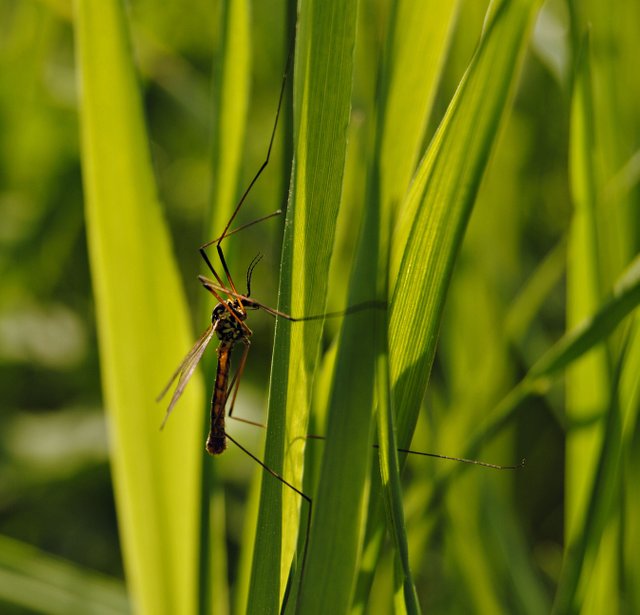
Photography Tips, Techniques and Tutorials?
The difference between Digital Photography Tips and a digital photography technique or a digital photography tutorial is that whereas in a tutorial or a technique, you are given step-by-step instructions on how to perform a certain type of digital photography, a photography tip maybe more indirectly connected to digital photography in that it adds a key element that aids you when you want to Take Better Pictures.
Some photography tips can turn an otherwise dull and uninspiring shot into a photograph that really captures the eye of the viewer, and engages them in it; this is one of many aspects that makes a good shot.
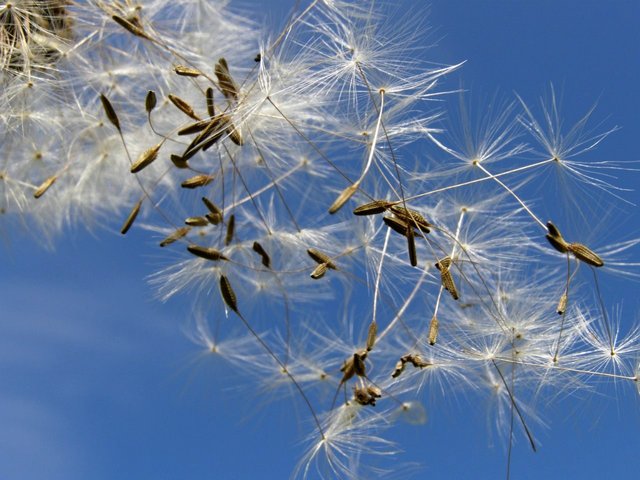
The Makings of a Good Shot
Take a normal shot of an object for example. Lets say a stationary bicycle. Now, if you just simply take a shot of it flat-on/side-on, and at its complete length, that shot does absolutely nothing for the viewer of the digital photograph, unless the bicycle is particularly striking or unusual, in which case any one could take the shot with the same result (in the below shot the color of the car, and the situation creates the interest, rather than anything else).
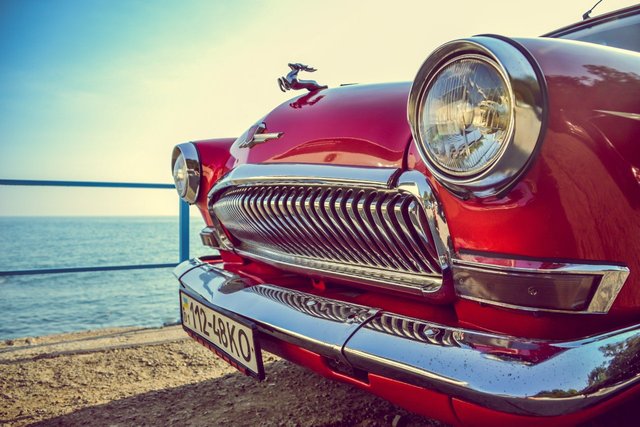
But what you are looking for is a sense of individuality in your shot, and also an image which causes an emotional reaction in the viewer. Remember any shot you can think of that you thought was particularly striking, and stood out from the rest, and what you will find is that image illicited some form of emotion in you.
Think of any product image advertisement you have seen, cosmetics, after-shave or cars and motorbikes, and what you will find is they (the good ones) made you feel something. They conveyed a message to you through that image and the emotion it activated in you. That emotion, where product photography is concerned, will often be (should be, in this case) some form of desire, or at least the final resulting emotion is desire.
Let me explain, you may see a shot that makes you feel the photograph is any of the following:
- Awe inspiring
- Beautiful
- Striking/breath taking
- Moody
- Sexy
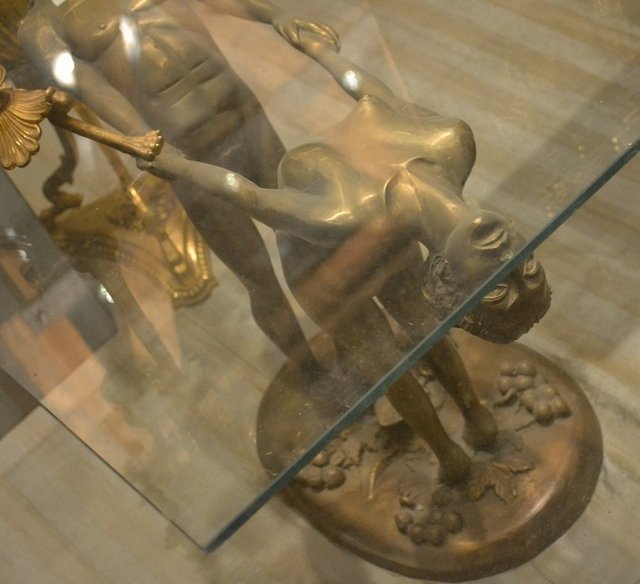
But no matter what you feel, the final result will be a desire for the product, as the photographer/advertiser cleverly highlights it as the direction the emotions that were activated by the image should be going in.
In the case of your own shot, the final product is the shot. No matter you ever intend to sell it or not. No Emotion = No Interest
Take a look at the shot below, I had used a 'close-up' and also some creative composition with the broken pieces ready to be eaten.
Not only that, if you look closely you will see the depth of field is quite narrow, so it leads the human eye to focus more specifically on what the photographer wants us to see, namely, large pieces of edible chocolate.
I don't know about you, but every time I look at this shot I feel desire... desire for chocolate! It works.
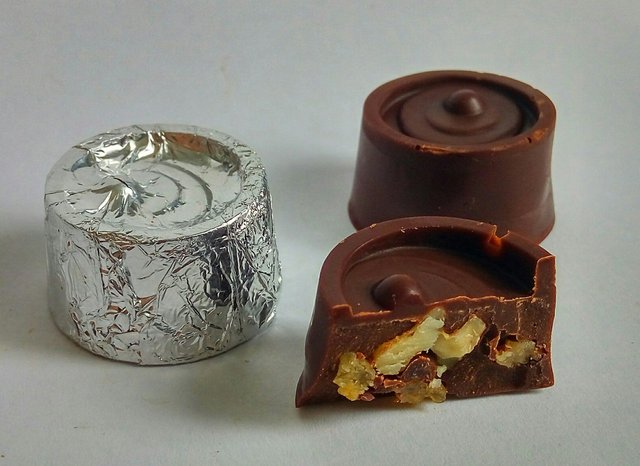
It's All in the Angle (well... not 'all', but a lot)
With the same shot of the bicycle in mind, if you simply change your dslr's point of view, let's say to the front of the bicycle, what you now have is a shot with 'depth'. The bicycle may be in an environment and surrounding that 'adds' to the shots interest, all be it not the main focus of the shot.
Let's say the front of the bicycle has a light on it which is pretty old, yet the bicycle itself looks brand new and modern, now you have a shot with a 'juxtaposition', and any form of juxtaposition in a shot creates interest for the viewer.
If you also decide you want to make this bicycle light the main focus of the shot, you can possibly use a narrow depth of field as mentioned above, by using a wide aperture on your dslr's aperture override or on the manual setting. This will then have the light, which is the closest point of focus, in-focus, whereas the length of the bike will recede to an out of focus effect.
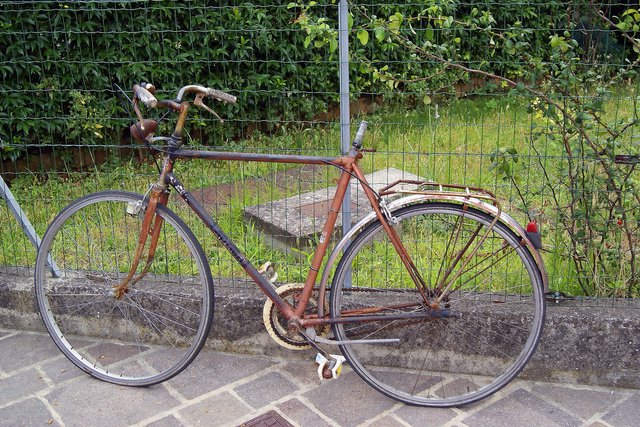

Awesome clicks dear
Great tips as always!
A million thanks!
i love our pics
Thanks a lot!
Your photos are incredibly beautiful as well as your tips. Thanks a lot for sharing, I've learn some new simple but impt. tips from you. happy 2018!
it is just amazing to see all of your clicks
all that photos has story in it which is the best part of it.. :)
keep it up @tanata
lots of love
Thank you, this is the best compliment for me!
super photography
I am grateful for your comments!
thanks for sharing a lovely photos and tips.
Thank you very much!
Thank you somuch for sharing
Thank you for your attention!
Your welcome
great photography
Thank you very much!
Its great following you
Many thanks. Happy holidays!